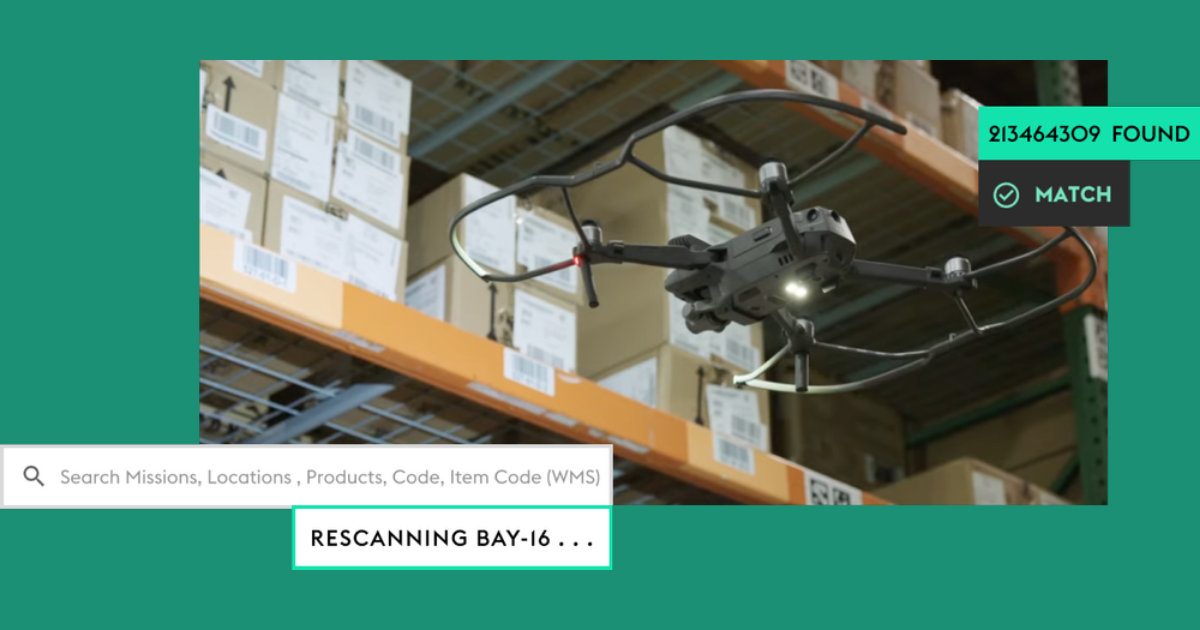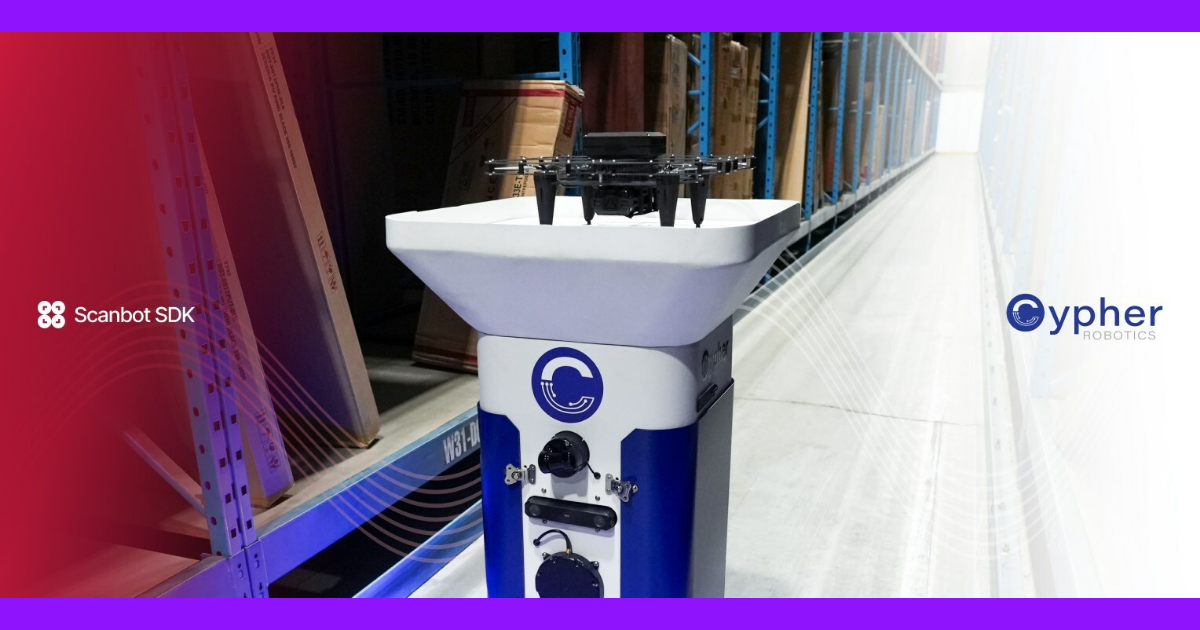
“Digital” has become a buzzword in the logistics industry as everything from cargo containers to individual packages are now being monitored throughout their journey. However, with the term being so overused, it’s easy to forget what exactly it means. At its core, going digital is about the streamlined collection and analysis of information. Although supply chain monitoring has been happening for years, it’s usually for one specific aspect of transportation. The minimal data collected was used to inform one problem and then filed away, never being used for large-scale trend analysis. It’s not enough anymore to merely add a monitoring device and check it for excursions once shipments arrive. Instead, logistics managers should view “digital” as part of a larger strategy to optimize their supply chain and reduce costs.
Steps to Optimization
Implementing a digital analytics program is a multi-step process, with the first step being figuring out where to start. What data is important? What are common pain points? Are there specific product lines that account for the majority of damage? Once those questions are answered, monitors can be implemented to start collecting data. After the initial set up, data can be aggregated into a central location to provide a singular view of one or multiple shipments. Then, comprehensive analysis can take place.
Analytics help supply chain professionals look beyond incidents to spot patterns throughout their supply chain. Without looking at the data, all anyone can do is guess and hypothesize. It takes actually analyzing the data to prove a theory correct and truly understand what actions are taking place and where. Understanding incidents, conditions and trends lets supply chain managers take action to ensure the best lanes, routes and carriers for their cargo, and improve packaging and handling procedures.
Going a step beyond analysis, taking action to improve conditions is critical for an efficient supply chain. If data is collected and ignored, nothing really changes. Data can show that yes, there is in fact, something out of the ordinary occurring at one point in the transport process. However, until something is done, companies looking to reduce dollars spent on repairs and replacements will not have much luck. Action leads to continuous improvement.
Integration, the next and final step, ties everything together. Sharing supply chain handling trends with risk prevention, finance and insurance departments enables the benefits of digital monitoring to reverberate throughout an organization. Once data is aggregated and integrated into a single platform, it opens up the bigger picture, allowing those involved to see how things might be interrelated and draw smarter conclusions.
Benefits of Implementation
Another important piece of digital analytics to consider is real-time data monitoring. Being able to see actions as they occur allows for faster response times. If an unacceptable impact has been experienced by a piece of sensitive equipment, the company can either dispatch someone to do a thorough inspection of the product before it is installed or consider starting a replacement shipment.
Implementing a program doesn’t have to be a difficult task. While some companies have started creating their own dashboards for aggregating data, others have turned to platforms like the SpotSee Cloud to view and manage their shipment’s conditions. There is no right answer, only right features based on an organization’s needs. The best option for a company will provide the tools necessary to gain actionable insights and optimize logistics.
Data provides the foundation for developing scenario planning. Once analyzed, it can help pinpoint trends and encourage faster decision-making. A comprehensive digital analytics program allows analysis to inform necessary actions to improve or prevent issues and enhance a company’s operations. Companies that incorporate digital supply chain strategies, leverage the benefits of technology and integrate both throughout their organization will be positioned to optimize logistics operations. As data continues to be a driving factor in the decision-making process, leveraging it, where possible, will lead to reduced costs and inefficiencies.
About the author: Angela Kerr has been part of the SpotSee team for over 12 years, having served as a marketing manager, product manager, director of product management and vice president. Currently serving as the vice president of product portfolio and program management, she is responsible for coordinating and managing resources for connected product launches, developing distributor programs and defining market opportunities for new product development.
Edited by
Ken Briodagh





